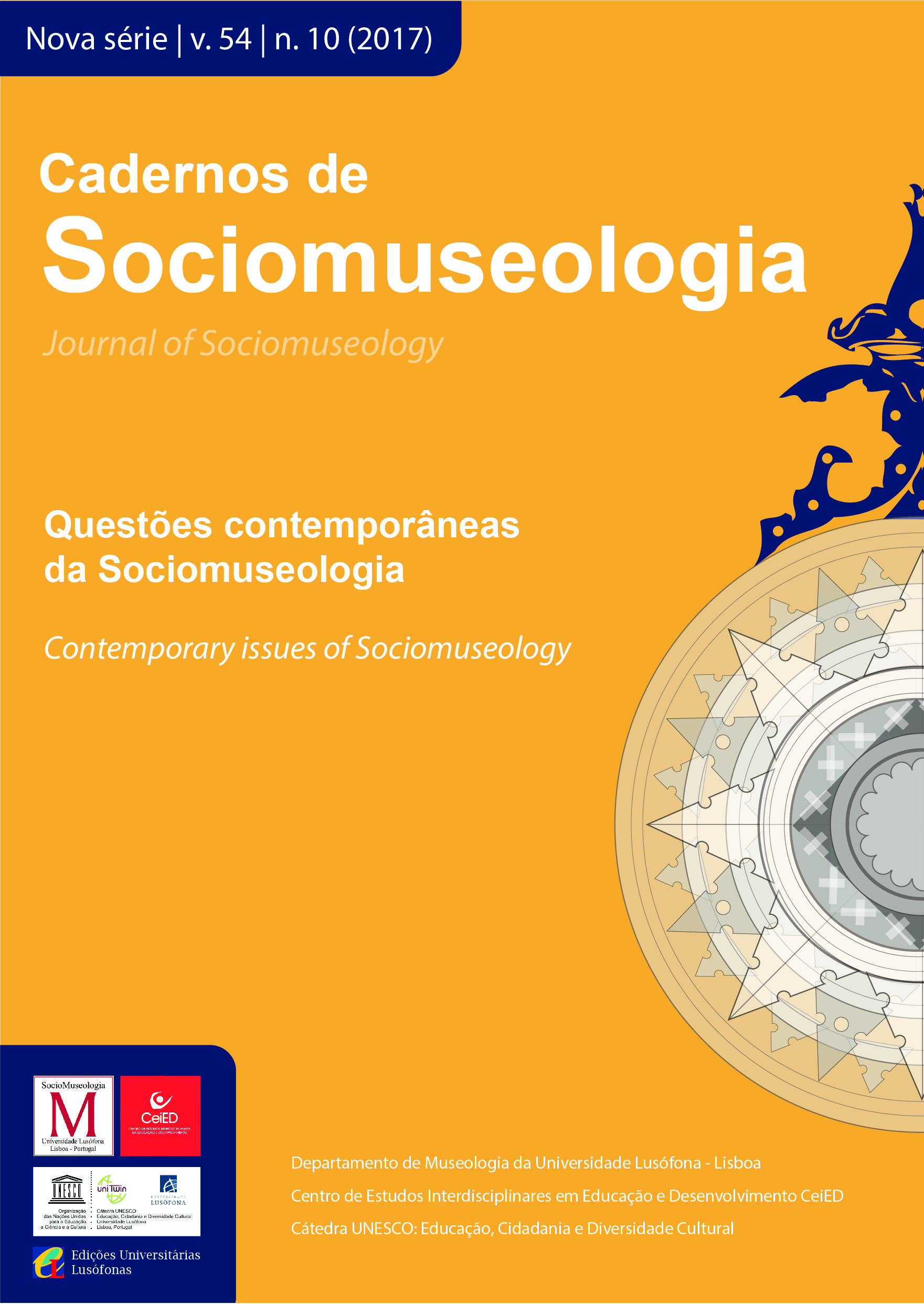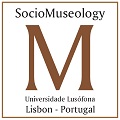Vila Autódromo Removals Museum: Creative resistance to the construction of the neoliberal city.
Abstract
The neoliberal city model of planning that is consolidated with the mega-events brings as one of its implications the reduction of the inhabiting to the habitat (Lefebvre, 2008). The hypothesis is that the society proposed by spatial planners to the neoliberal city is structured on the concept of habitat. Urban entrepreneurialism (Harvey, 1996) is the current phenomenon suggesting that the city management is established within the parameters of business management, modifying, therefore, the conduction of urban life.The territorial reconfiguration is then submitted to the capital valorization processes in a more direct and incisive way. (Santos, 2011, Lefebvre, 2001, Winnicott, 1975). During the preparation and occurrence of the mega-events in Rio de Janeiro, the City Hall evicted approximately 22,059 families, among which it was announced the eviction of Vila Autódromo community, the case study of this research. The victory of the community had its climax in the construction of the Museu das Remoções (Museum of Evictions) created by a popular community that faced the destructing power of public authorities. The approach of the researched community took place through a participant observation (Whyte, 1943) or, more precisely, an observing participation (Wacquant, 2000). The author of this work is an agent in action research (Tripp, 2005), she conducts the joint action of practice and research, and coordinator of the university project that built together the Museum of Evictions.
Keywords: Museu das Remoções, Evictions, resistance, Vila Autódromo, Olympic Games.
Downloads
Authors retain copyright and grant the journal right of first publication with the work simultaneously licensed under aCreative Commons Attribution License that allows others to share the work with an acknowledgement of the work's authorship and initial publication in this journal.













